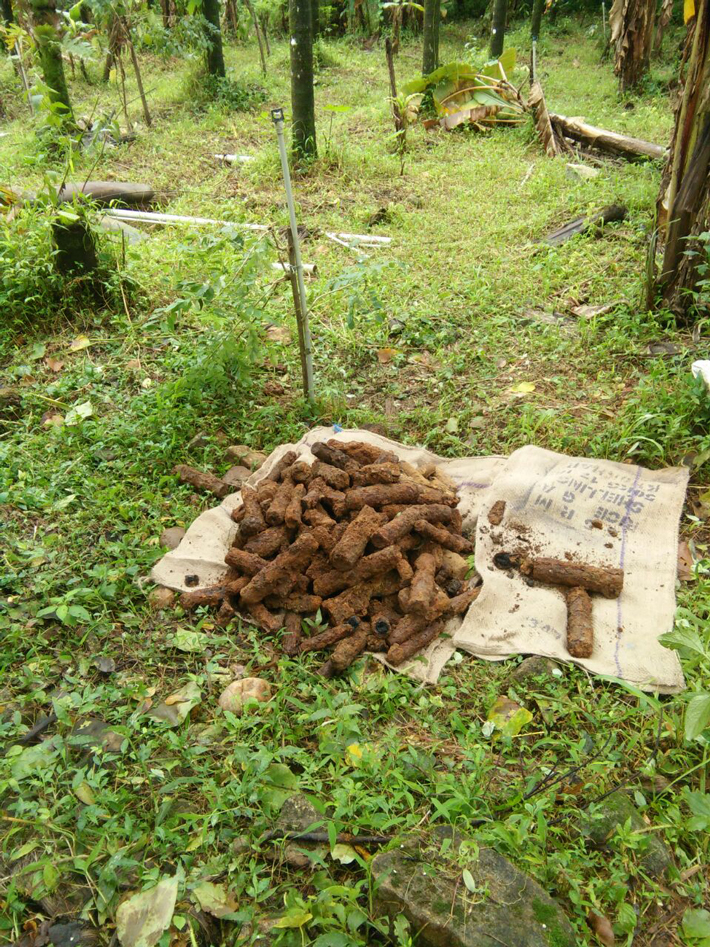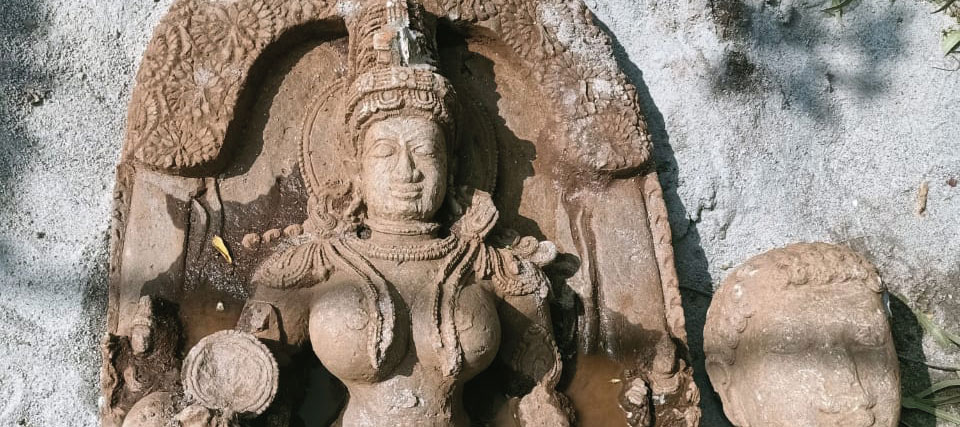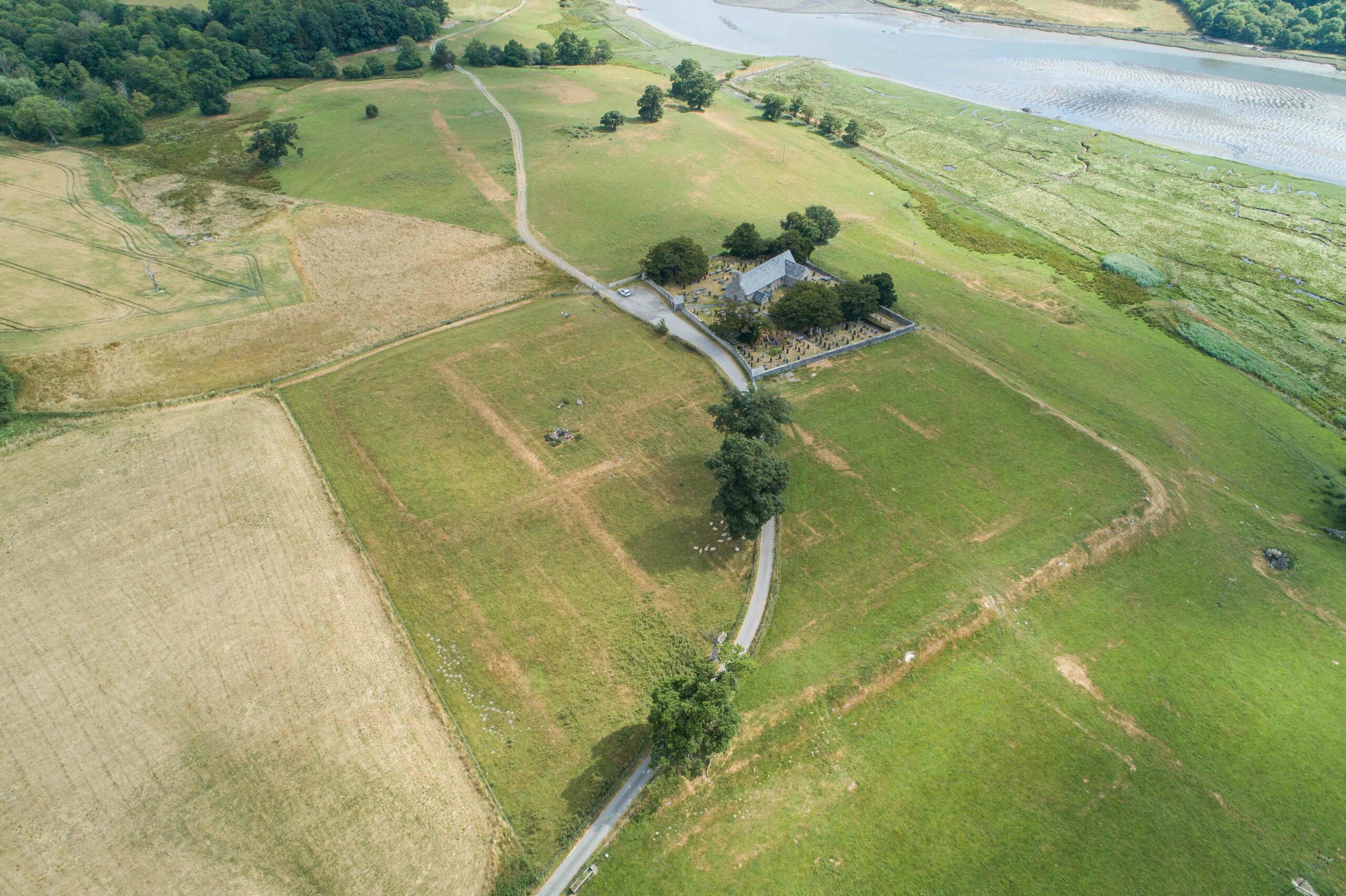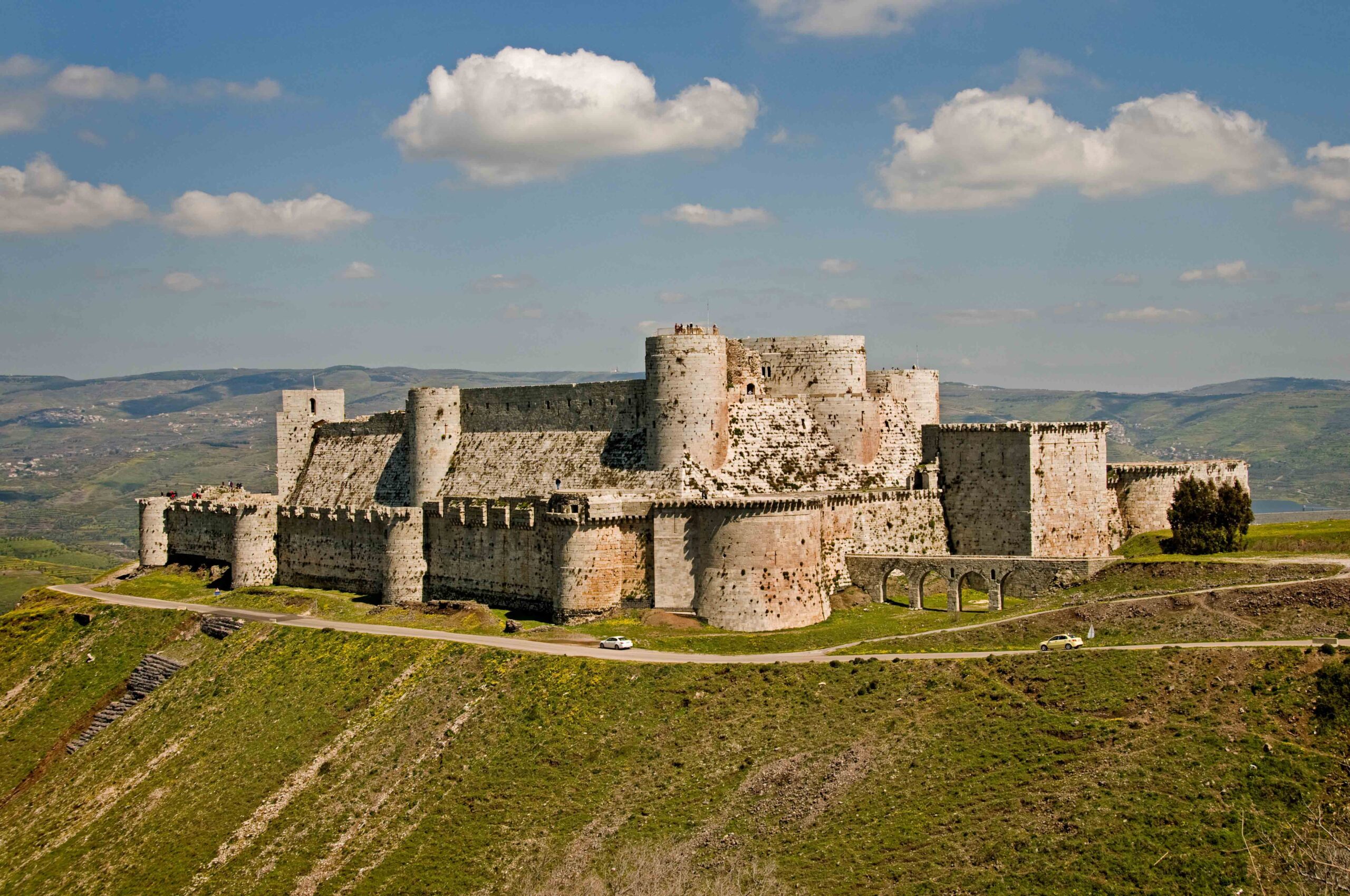
More than 1,000 unexploded rockets have been recovered from an abandoned well in the state of Karnataka in southern India. The excavators believe the corroded shells date to the eighteenth century when the Muslim warrior King Tipu Sultan ruled the region. The cache was uncovered when the well, located at Nagara Fort in the Shivamogga District, was being repaired. “The rockets, which are of several sizes, are metallic cylinders filled with some powder, possibly saltpeter or some form of explosive propellant,” says R. Shejeshwara Nayaka, assistant director of the Karnataka Department of Archaeology, Museums, and Heritage (DAMH), who led the excavation in 2018. “They have circular end caps on oneside, while on the other side there is an opening which lights like a fuse. We have also found some equipment that might have been used for assembling or making them.” G. Venkatesh, commissioner of DAMH, adds, “Records say that Tipu Sultan’s father, Hyder Ali, was the first to use metal-cased rockets. He also had an armory and factory at Nagara Fort, a strategically very important city. There is a strong possibility that this site was used as a storage point or a factory for the rockets.”











